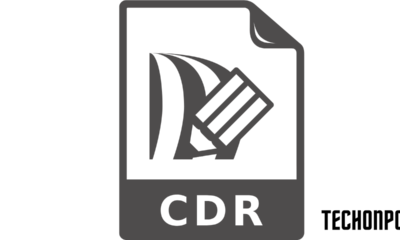
3 ways to improve the content team workflow through the optimization of your CMS
A customized and optimized CMS is a treasure! There are many ways in which you can improve it to increase the efficiency of the content team and improve the content UX and SEO-wise. We’ve listed them below.
There is no online presence today without optimized and well-targeted content. No wonder that, regardless of the sector, the companies invest heavily in the solutions that facilitate content creation and management.
Many enterprises invest in custom software development, creating fully customizable, extendable apps with adjustable functionalities. However, even if you use the open-source content management system, you can customize it with extensions and plugins that make collaborative and individual work faster and more effective. Some are available for free, while others come at some cost. We’ve gathered the best ideas that can bring your teamwork to the next level!
#1 Collaborative lightweight WYSIWYG HTML editor
Many content teams use the open-source WYSIWYG editor software to work on the content collaboratively. While it is a simple and affordable solution, it may cause some inconvenience and threaten your safety.
Instead, you can invest in WYSIWYG editors, which are extensions integrable with even the most modern web apps. They allow the team to work collaboratively on the content within your CMS. With all the features like comment and suggestion modes, change-tracking, and user panels with avatars, combined with rich text editing capabilities, teamwork becomes much easier. With the WYSIWYG rich text editor, you can easily introduce responsive images and convert the text to HTML using markdown support.
Make sure to choose a WYSIWYG editor with a modular architecture that makes it completely customizable and flexible. This way, it will be easy to adjust it to the existing CMS and introduce new features. Check if the WYSIWYG HTML editor provider is open to feature requests and introducing your own extensions to the quill core.
#2 SEO plugins or integration with the SEO tools
Even if your team has the support of an SEO specialist, it’s still worth making good use out of the tools available online. Many can be integrated into your custom CMS which facilitates the work since you don’t have to edit it in the external web applications. You can also use existing plugins that do not require any intervention from the web developers – you only need to install the plugin, and voila! When using the rich text editor built-in your software, the team can optimize the content for the search engines together.
#3 Page builder option
The traditional CMSs require some code writing knowledge in order to edit the website’s appearance. The modern CMS apps, however, often come with the option of a real-time page builder. It enables managing the website’s appearance without knowing any HTML and CSS.

 Microsoft4 years ago
Microsoft4 years ago
 Torrent4 years ago
Torrent4 years ago
 Money4 years ago
Money4 years ago
 Torrent4 years ago
Torrent4 years ago
 Education3 years ago
Education3 years ago
 Technology4 years ago
Technology4 years ago
 Technology4 years ago
Technology4 years ago
 Education3 years ago
Education3 years ago




You must be logged in to post a comment Login